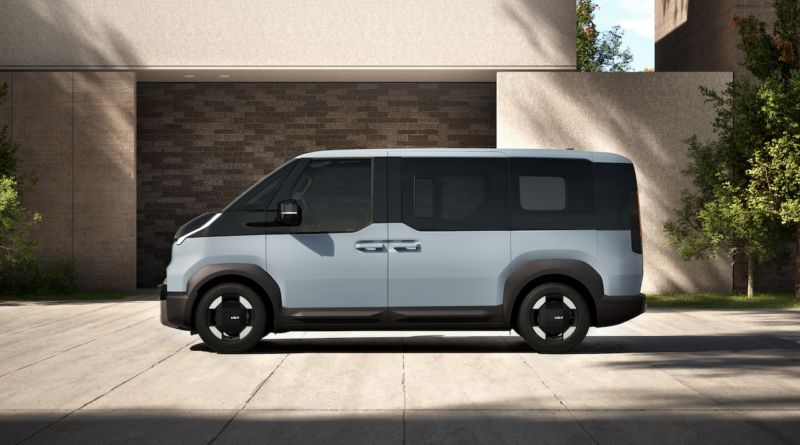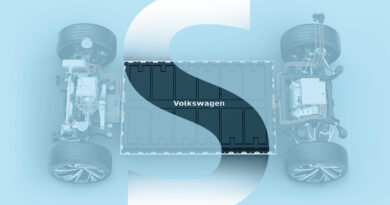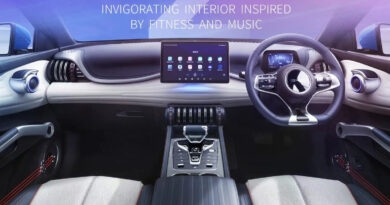First look! Futuristic new electric Kia PV5 van and people-mover shapes up and gets radical to tackle Volkswagen ID. Buzz
While the Kombi-aping Volkswagen ID. Buzz looks back to the swinging ’60s, the all-futuristic all-new Kia PV5 looks forward and packs the Korean car giant’s latest tech to lead the firm’s charge on the delivery van segment.
Ensuring it has what it takes to overshadow the new ID. Buzz and e-Transit, the Kia van is the first vehicle based on its all-new Purpose Built Vehicle (PBV) platform.
Kia says PBV is the key building block that will revolutionise the humble van.
READ MORE: Tesla Model 3 rival unveiled! Kia reveals EV4 sedan and hatch as countdown to global EV Day and more new models continues
READ MORE: Kia EV3 aces the Australian Open, with March arrival likely for the Hyundai Kona and MG ZS rival
READ MORE: ‘We’re sticking with EVs!’ Kia Australia explains why EVs are important now and will be even more vital in the future
Previewed back at the 2024 Consumer Electronic show (CES), the PBV platform introduced then by the PV5 concept featured the firm’s pioneering Easy Swap tech.
It uses standardised electromagnetic and mechanical couplings that enables the same cab-chassis vehicle to operate as a ute or van during the day, then switch to a people-mover in the evening for ride-hail work.
It could then switch again to a camper van at the weekend.
There’s no mention of Easy Swap in the latest announcement that accompanies first pics of the production van, so it’s though it might come later.
But Kia has confirmed the 2025 PV5 will be available in cargo van, people mover and, later on, ute body styles.
Measuring up at 4.7m long (a longer wheelbase comes later), the PV5 features a striking upright boxy design with ultra-short front and rear overhangs. The people-mover features large, glazed areas.
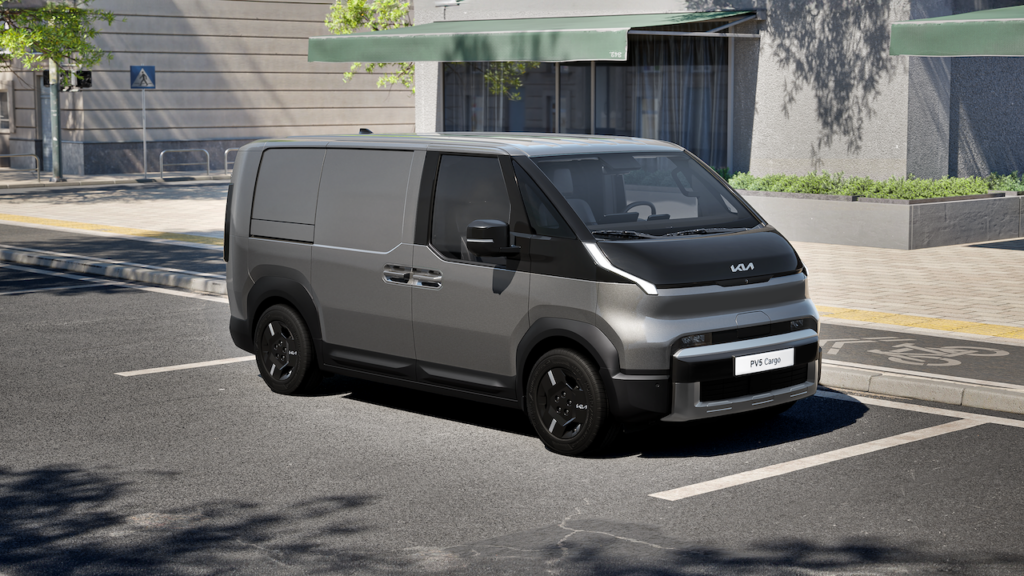
It’s thought the PBV platform will spin-off Hyundai versions that could see a battery-powered replacement for the Staria.
Just front-wheel drive will be available from launch and the PV5 will miss out on the 800-volt electrical architecture used in the Kia EV6 and EV9 SUVs.
Instead it will make do with a more common 400-volt system similar to that used in the latest Kia EV5.
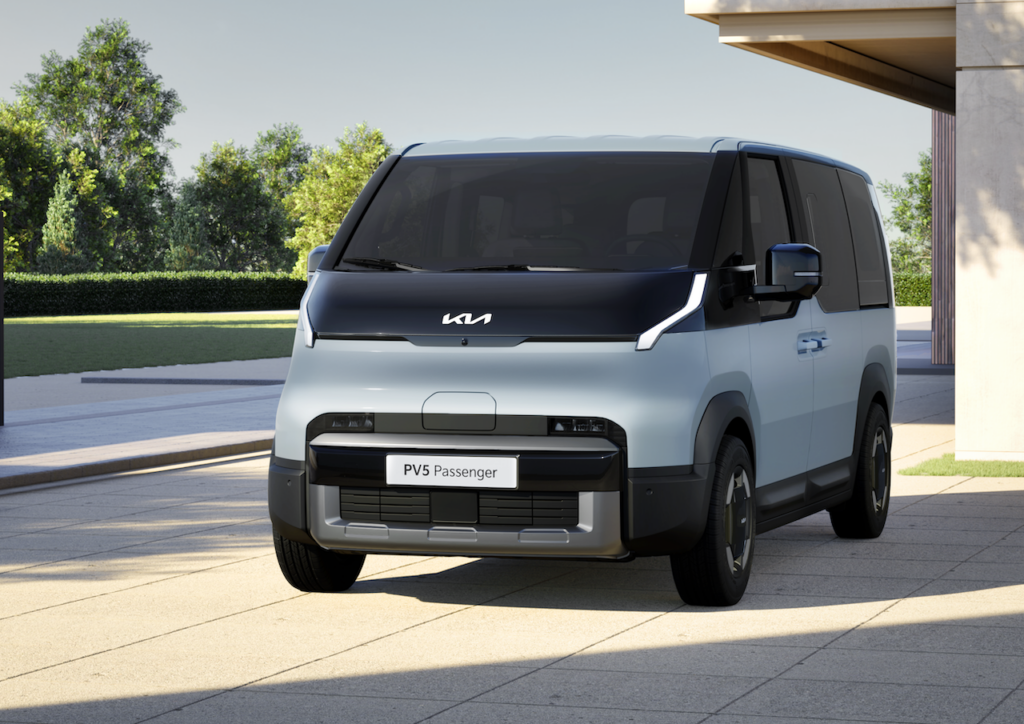
A powerful 800-volt architecture will come when the flagship PV7 arrives in 2027. It will also introduce dual-motors and all-wheel drive.
Other advanced tech that will come online later includes Artificial Intelligence (AI) powered infotainment and levels of connectivity alien to the van segment.
The PV5 is also primed for top-tier driverless tech, with Level 4 hands-off and eyes-off the road scheduled for an introduction during its lifetime.
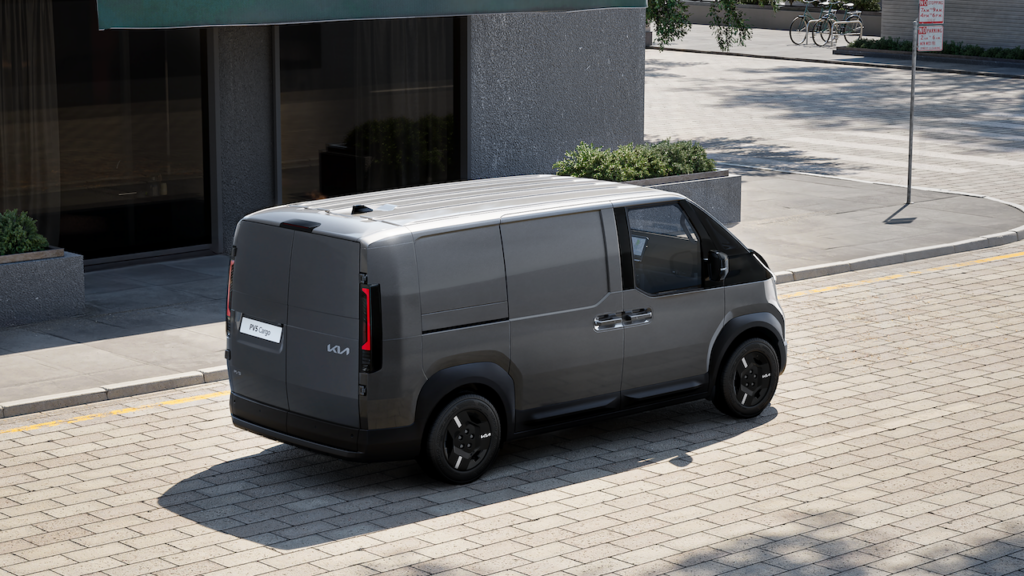
Likely to be confirmed for Australia soon, the mid-size PV5 has been tipped to be priced from €35,000 ($57,500) when it arrives in Europe.
The mid-sized PV5 will be followed by a small PV1 van and a large flagship PV7, with a smaller PV3 expected to slot in the range later.
Built in an all-new dedicated factory in Korea, Kia has already announced that annual capacity at its new plant will be pegged at 150,000 units.
More intel on the new Kia PV5 will drop on February 27 at Kia’s annual EV Day event.
There, the PV5 will be officially revealed alongside the EV4 sedan and baby EV2 SUV.

